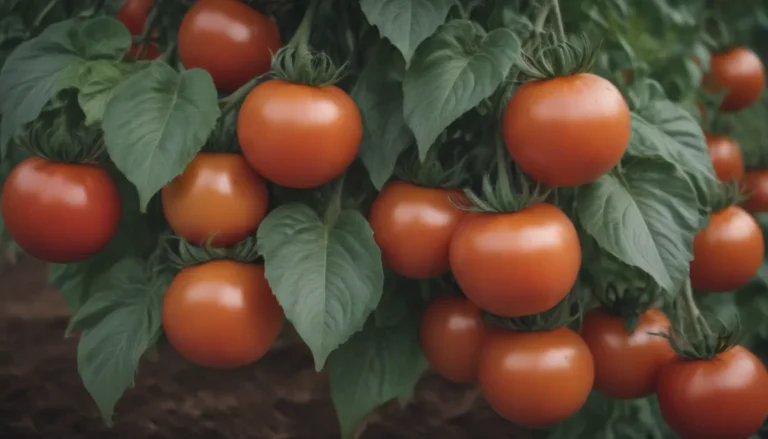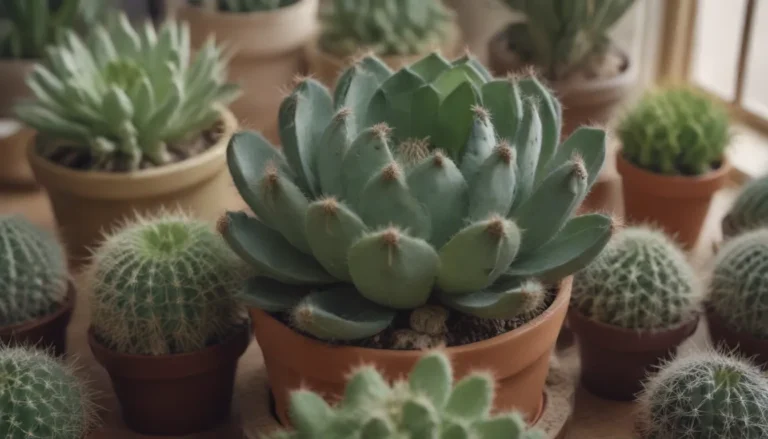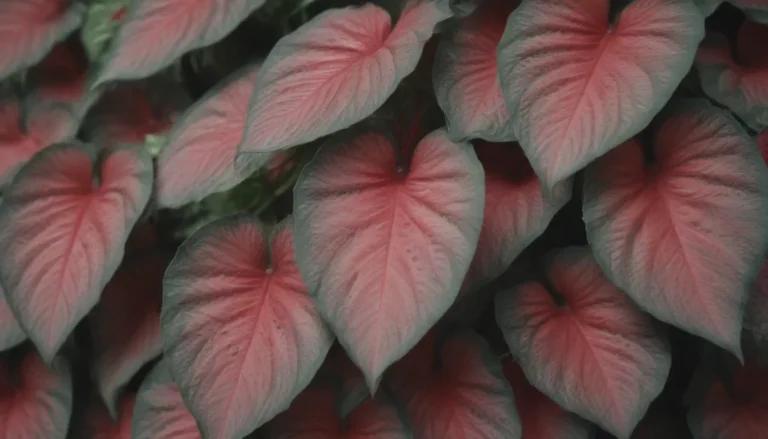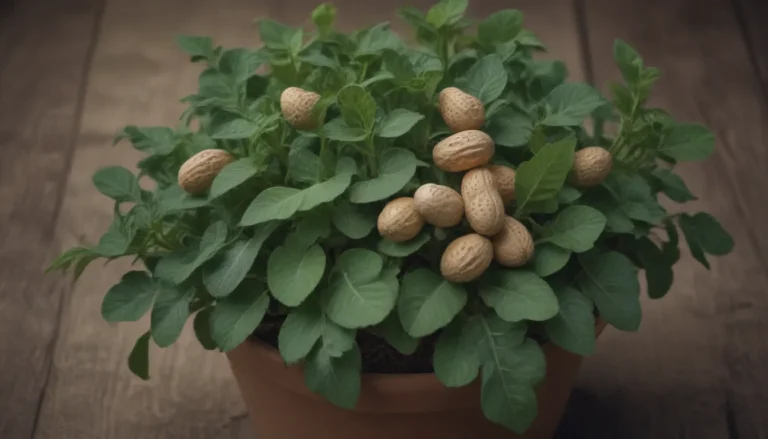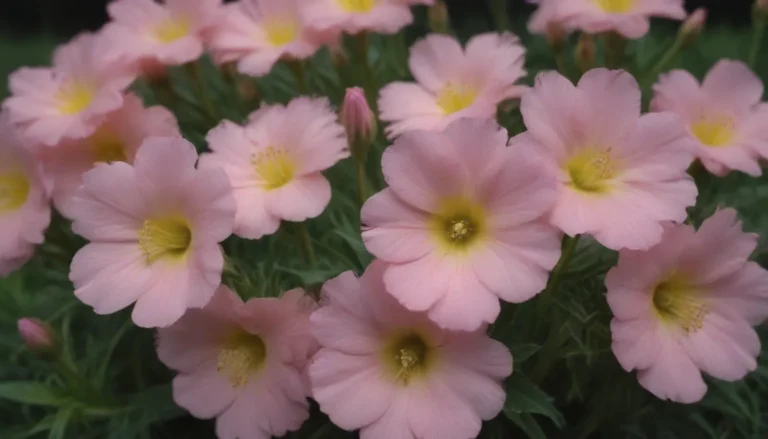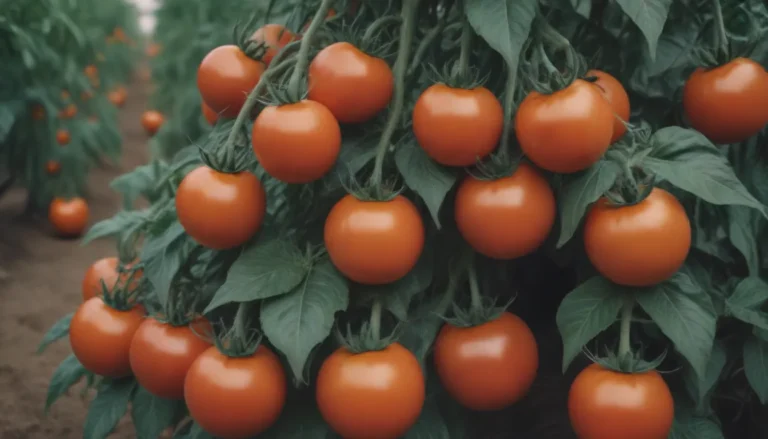Diversifying Your Herb Garden: Exploring 17 Types of Basil
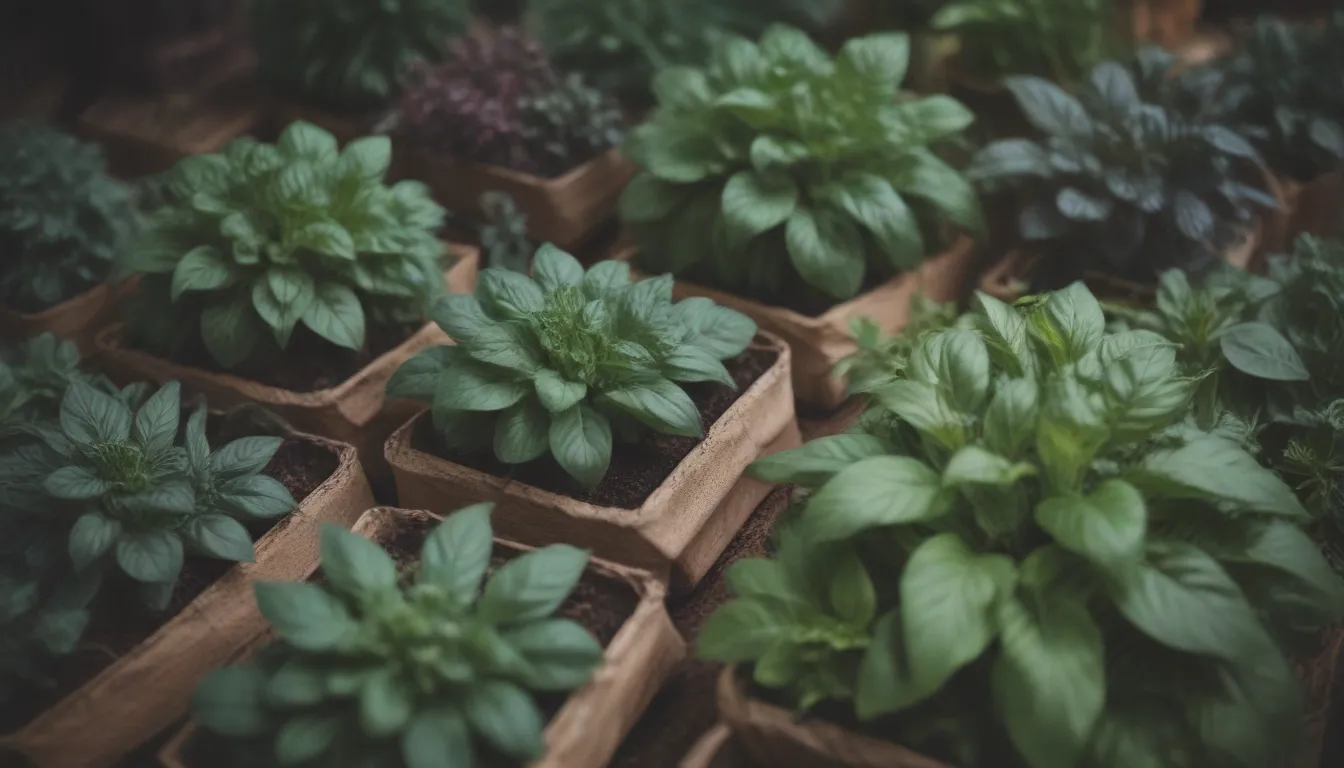
Are you a fan of fresh, fragrant basil in your summer dishes? If so, you may be familiar with the popular varieties like Genovese or Sweet Basil that are readily available in grocery stores. But did you know that there are up to 150 different types of basil, each with its own unique characteristics and flavors?
Basil, scientifically known as Ocimum basilicum, is an annual herb from the mint family that thrives in sunny conditions with well-drained, rich soil. While it’s native to Asia and Africa, basil can be grown in various climates, making it a versatile addition to any herb garden. In this comprehensive guide, we’ll explore 17 different types of basil, from the familiar favorites to more exotic varieties, to help you expand your herb garden horizons.
Getting to Know Different Basil Varieties
-
Genovese Basil (Ocimum basilicum ‘Genovese’)
- This Italian basil is a favorite for making pesto and adding to salads.
- Flavor: Complex and spicy with hints of mint and clove.
- Native Area:
- USDA Zones:
- Sun Exposure:
- Height:
-
Sweet Basil (Ocimum basilicum)
- Often confused with Genovese basil, this variety has a slightly sweeter flavor.
- Flavor: Sweet and mild with hints of anise or licorice.
- Native Area:
- USDA Zones:
- Sun Exposure:
- Height:
-
Osmin Purple Basil (Ocimum basilicum ‘Osmin purple’)
- A striking deep purple variety with a spicy, clove-like flavor.
- Best Use: Fresh in salads or as a garnish.
- Native Area:
- USDA Zones:
- Sun Exposure:
- Height:
-
Cinnamon Basil (Ocimum basilicum ‘Cinnamon’)
- Popular in Asian cuisine, this basil has a mild spicy flavor with notes of cinnamon.
- Best Use: Summer fruit salads or as a garnish.
- Native Area:
- USDA Zones:
- Sun Exposure:
- Height:
-
Lemon Basil (Ocimum basilicum citriodorum)
- Also known as Thai lemon basil, this hybrid has a lemony fragrance and spicy basil flavor.
- Best Use: South Asian cooking.
- Native Area:
- USDA Zones:
- Sun Exposure:
- Height:
-
Thai Sweet Basil (Ocimum basilicum var. thyrsiflora)
- Popular in Thai cuisine, this basil has mild, complex flavor with deep purple stems and flowers.
- Best Use: High-temperature cooking.
- Native Area:
- USDA Zones:
- Sun Exposure:
- Height:
-
Greek Basil (Ocimum basilicum var. minimum ‘Greek’)
- A small basil plant with light green leaves, perfect for garnishes or salads.
- Best Use: Decorative garnish or fresh summer dishes.
- Native Area:
- USDA Zones:
- Sun Exposure:
- Height:
-
Dark Opal Basil (Ocimum basilicum ‘Dark Opal’)
- A spicy basil with stunning dark color, great for adding a pop of color to your garden.
- Best Use: Cut flower arrangements or salads.
- Native Area:
- USDA Zones:
- Sun Exposure:
- Height:
-
Christmas Basil (Ocimum basilicum ‘Christmas’)
- A hybrid basil with dark purple stems and savory flavor reminiscent of winter holidays.
- Best Use: Cooking sauces, soups, and meat dishes.
- Native Area:
- USDA Zones:
- Sun Exposure:
- Height:
-
Cardinal Basil (Ocimum basilicum ‘Cardinal’)
- A cultivar with showy flowers and intense scent, perfect for flavoring oils and vinegars.
- Best Use: Outdoor herb gardens.
- Native Area:
- USDA Zones:
- Sun Exposure:
- Height:
-
Globe Basil (Ocimum basilicum ‘Pistou’)
- Also known as pistou basil, this dwarf variety is ideal for garnishes and fresh dishes.
- Best Use: Garnish or salads.
- Native Area:
- USDA Zones:
- Sun Exposure:
- Height:
-
Holy Basil (Ocimum tenuiflorum)
- Also known as tulsi, holy basil is revered for its unique flavors and medicinal qualities.
- Best Use: Indian cooking and herbal teas.
- Native Area:
- USDA Zones:
- Sun Exposure:
- Height:
-
African Blue Basil (Ocimum kilimandscharicum × basilicum ‘Dark Opal’)
- A hybrid basil with a peppery, minty flavor and delicate blue flowers.
- Best Use: Salads or hot dishes.
- Native Area:
- USDA Zones:
- Sun Exposure:
- Height:
-
French Basil (Ociumum basilicum ‘Marseilles’)
- An heirloom basil with larger leaves and robust fragrance, perfect for sauces.
- Best Use: Making pistou and other French dishes.
- Native Area:
- USDA Zones:
- Sun Exposure:
- Height:
-
Napoletano Basil (Ociumum basiclium ‘Neopolitan’)
- Native to Naples, this basil has large, ruffly leaves ideal for Caprese salads.
- Best Use: Caprese salad.
- Native Area:
- USDA Zones:
- Sun Exposure:
- Height:
-
Lime Basil (Ocimum americanum)
- With a zesty flavor and citrusy aroma, this basil adds a unique twist to dishes.
- Best Use: Outdoor and indoor growing.
- Native Area:
- USDA Zones:
- Sun Exposure:
- Height:
-
Green Ruffles Basil (Ocimum basilicum ‘Green Ruffles’)
- An ornamental basil with ruffled edges and hints of cinnamon, citrus, and licorice.
- Best Use: Raw in salads or for garnishes.
- Native Area:
- USDA Zones:
- Sun Exposure:
- Height:
Tips for Growing Basil
Now that you’ve learned about the diverse world of basil varieties, here are some tips to help you grow healthy, thriving basil plants in your herb garden:
- Planting: Start basil seeds indoors 6-8 weeks before the last frost date or sow seeds directly into the ground after the last frost.
- Soil: Basil thrives in well-drained, loamy soil with a pH of 6-7. Add compost or organic matter to improve soil quality.
- Watering: Water basil plants consistently to keep the soil evenly moist. Avoid overwatering, as this can cause root rot.
- Sunlight: Basil loves sunlight and thrives in 6-8 hours of direct sun per day. If growing indoors, place your basil plant near a sunny window.
- Pruning: Pinch off flowers as they appear to encourage leaf growth and prevent the plant from going to seed.
- Harvesting: When leaves are large enough, harvest basil by snipping stems just above a pair of leaves. Use fresh or dry the leaves for later use.
Exploring New Basil Varieties in Your Herb Garden
From traditional favorites like Genovese and Sweet Basil to exotic varieties like Osmin Purple and Lime Basil, there is a basil variety to suit every palate and garden. Experiment with different types of basil in your cooking to discover new flavors and aromas that will elevate your dishes to the next level.
So, why limit yourself to just one or two types of basil when you can explore a world of diverse flavors and aromas in your herb garden? Diversify your basil collection today and let your culinary creativity flourish with the wide range of basil varieties available to you. Happy growing and happy cooking!
